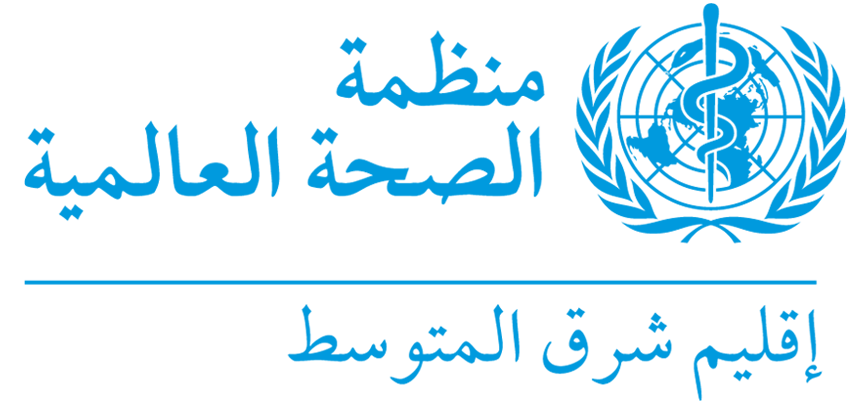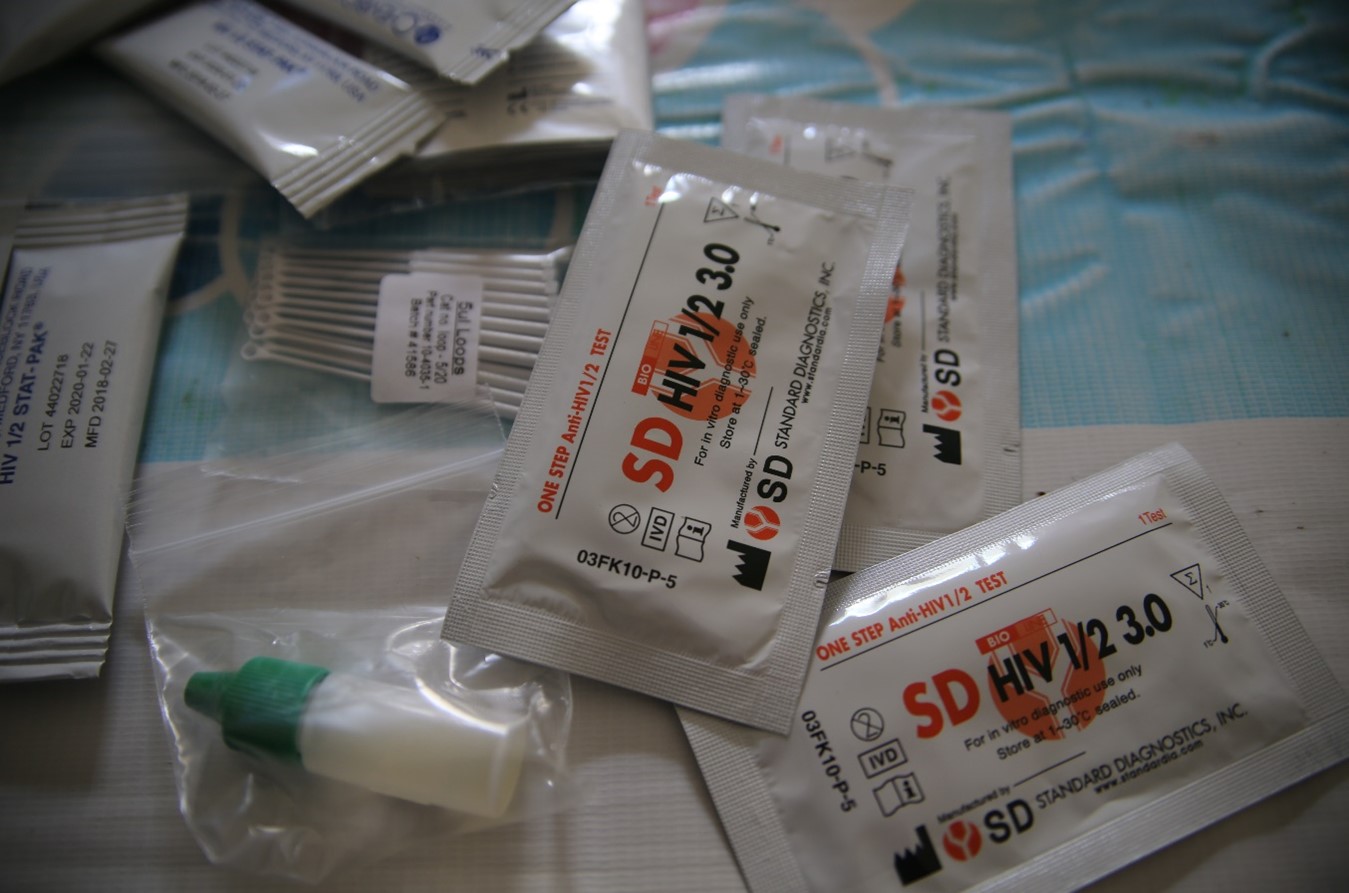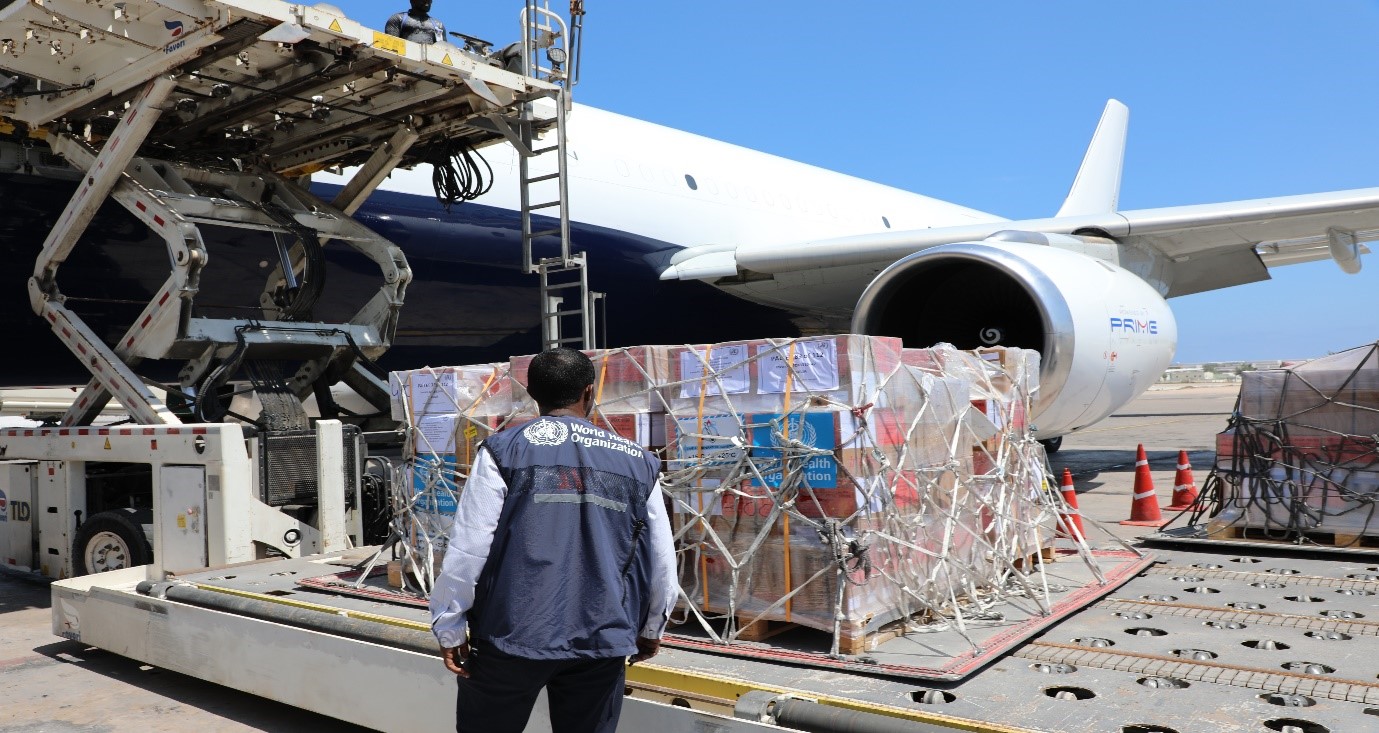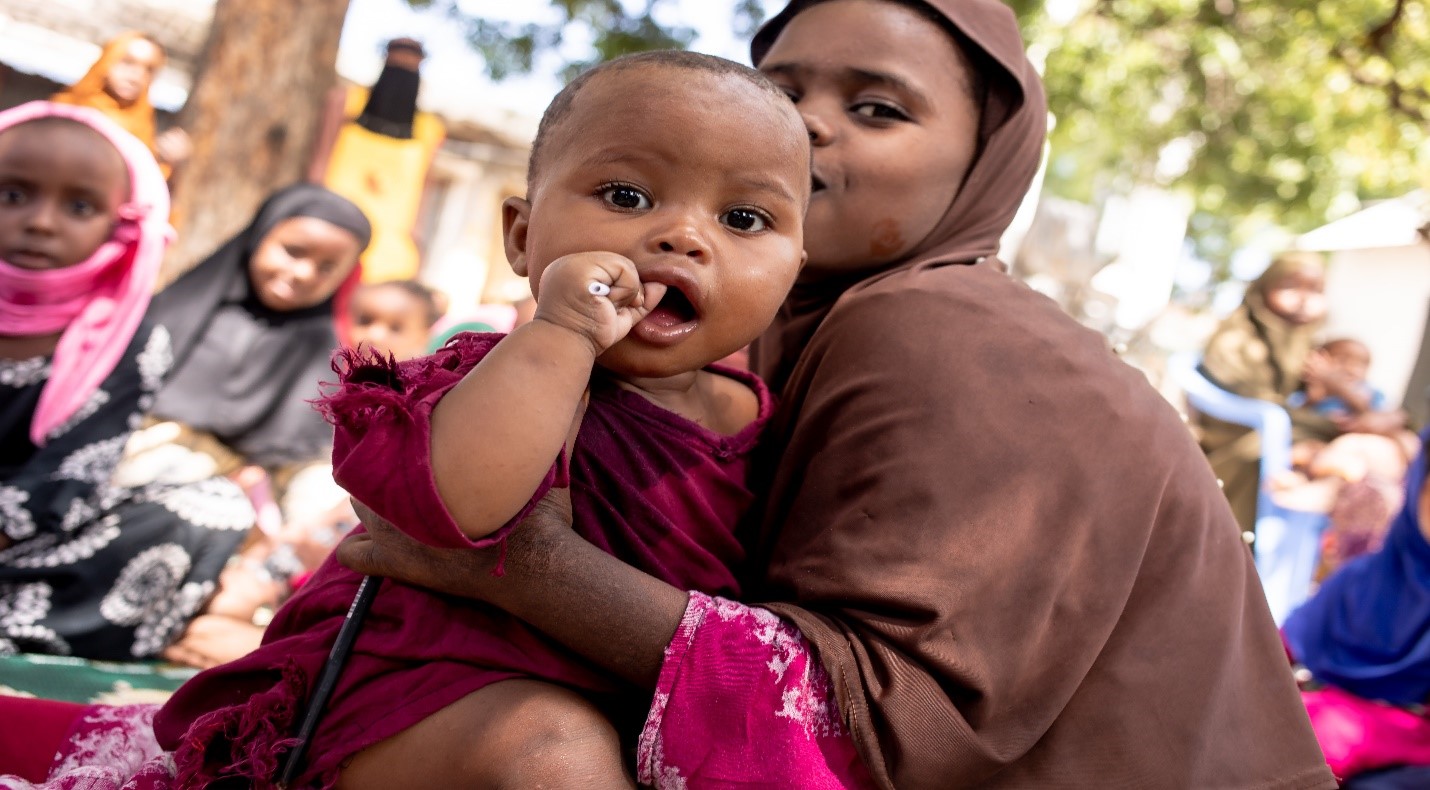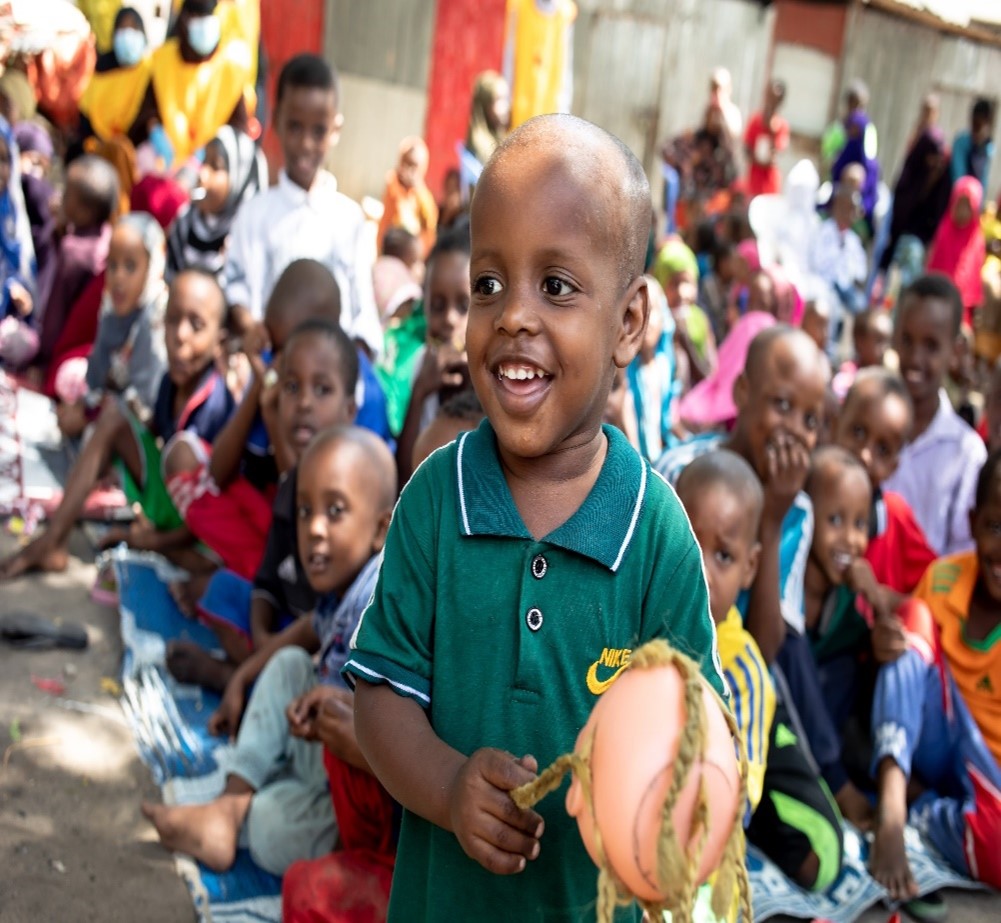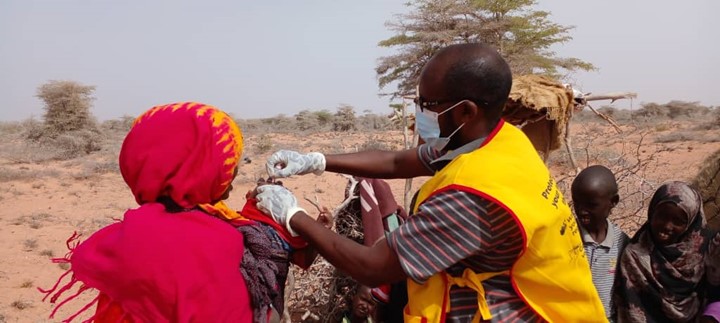 A health worker inoculating a child in a nomadic settlement during the integrated immunization campaign in Hobyo district of Galmudug state. Credit: WHO/Fouzia Bano Mogadishu, 7 December 2022 – A complex humanitarian crisis caused by conflict, protracted drought and emanating displacements of populations in Somalia has put more than 3.6 million under-5 years children at risk as their immunity is running dangerously low and vulnerabilities are on the rise with each passing day.
A health worker inoculating a child in a nomadic settlement during the integrated immunization campaign in Hobyo district of Galmudug state. Credit: WHO/Fouzia Bano Mogadishu, 7 December 2022 – A complex humanitarian crisis caused by conflict, protracted drought and emanating displacements of populations in Somalia has put more than 3.6 million under-5 years children at risk as their immunity is running dangerously low and vulnerabilities are on the rise with each passing day.
World Health Organization (WHO), in collaboration with the United Nations Children’s Fund (UNICEF), has helped the Federal and State Ministries of Health to immunize all eligible children under 5 in 2022 to protect them from vaccine-preventable diseases like measles and polio. Since January 2022, WHO has helped the ministries of health to conduct one integrated nationwide campaign (November 2022), 2 nationwide polio campaigns (February, October 2022) in addition to conducting one targeted measles and 3 polio campaigns across high-risk districts in vulnerable states.
A recent nationwide integrated campaign, which started from 12 November, lasted for 5 days across the country and managed to immunize 2.61 million children under 5 (0–59 months) with trivalent oral polio vaccine (tOPV). This is the first time Somalia used tOPV in campaign mode after its switch in 2016. The campaign also helped to vaccinate 2.31 million children aged between 6 and 59 months against measles, administered vitamin A and deworming tablets to about 2 million children under 5.
“We are thankful to all the partners and Gavi - the Vaccine Alliance for supporting the first ever national integrated campaign after 2019, which aimed exclusively to vaccinate children against tOPV along with measles and boost their immunity with supplements like vitamin A and deworming tablets across the country and is likely to help cut down mortality and morbidity rates across the country,” commented Dr Muhammad Farid the lead for WHO's immunization programme.
Integrated approach paying dividends
In a resource-starved and fragile health system, WHO's immunization programme in Somalia adopted a one-team multiple-goals approach to roll out an integrated immunization campaign across the country by collaborating with partners. A package of deliverables was finalized with partners to vaccinate around 2.6 million children under 5 in this first phase of a 5-day campaign, which began on 12 November 2022. This package included administering measles vaccine targeting children aged 6-59 months, tOPV targeting children aged 0-59 months, vitamin A supplements for children aged 6-59 months and deworming tablets (Albendazol) for children aged 12-59 Months.
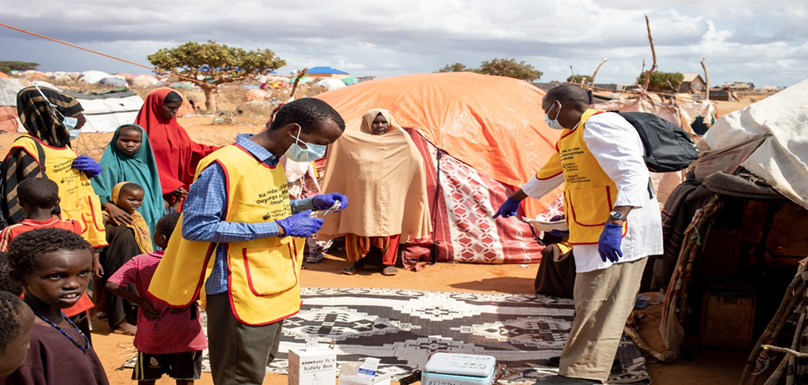 A health worker prepares for a vaccination session at a camp for internally displaced persons (IDP) in Puntland State during the nationwide integrated immunization campaign. Credit: WHOSomalia/Mukhtar Sudani After several rounds of meetings with all the stakeholders (ministries of health) at the state, region and district level, a total of 4088 teams (each team comprising of 3 skilled persons, 2 recorders, one social mobilizer) were deployed across the country to roll out, record and report the campaign using an online digital platform. WHO also helped partners to establish the points of vaccine-administration by using the existing permanent health facilities in each district and setting up outreach posts at nearby accessible schools, mosques, bus stations, and camps for internally displaced persons (IDPs). Social mobilizers were deployed in advance of the campaigns to mobiles the communities, raise awareness about the vaccine uptake and familiarize the communities with available vaccination points in their proximity.
A health worker prepares for a vaccination session at a camp for internally displaced persons (IDP) in Puntland State during the nationwide integrated immunization campaign. Credit: WHOSomalia/Mukhtar Sudani After several rounds of meetings with all the stakeholders (ministries of health) at the state, region and district level, a total of 4088 teams (each team comprising of 3 skilled persons, 2 recorders, one social mobilizer) were deployed across the country to roll out, record and report the campaign using an online digital platform. WHO also helped partners to establish the points of vaccine-administration by using the existing permanent health facilities in each district and setting up outreach posts at nearby accessible schools, mosques, bus stations, and camps for internally displaced persons (IDPs). Social mobilizers were deployed in advance of the campaigns to mobiles the communities, raise awareness about the vaccine uptake and familiarize the communities with available vaccination points in their proximity.
“Currently, these are one of the most vulnerable times for the children of Somalia and WHO is employing all its available resources and innovative approaches such as integrated campaigns, solarization of health facilities to maintain vaccine cold chain and engaging local communities to save the lives of millions of Somali children who deserve bright and healthier lives,” said Dr Mamunur Rahman Malik, WHO Representative for Somalia. He added that “WHO is thankful to all our partners and especially the donors like the Global Polio Eradication Initiative and Gavi - the Vaccine Alliance to help us roll out vaccine campaigns across the country with the single aim of protecting as many children as possible in some of the most fragile health and living conditions worldwide.”
Immunization status in Somalia
Somalia is currently facing one of the most severe droughts in its history, with a looming famine and possibility of severe loss of life due to hunger, malnutrition and disease. Currently, 7.8 million people are affected and 1.1 million are displaced (on top of 2.5 million which were already displaced) as they are in search of food, water, shelter, health care and any assistance available. As of October 2022, a total of 15 143 cases of measles, 4 cases of cVDPV2 in humans and 4 isolates in environment reported since January 2022. The administrative data coverage, as of August 2022 shows that only 88% of eligible children received one dose of measles while only 11% have received a second dose across the country. Combined these figures indicate low immunity of children against measles and polio and this risk is further aggravated by a complex humanitarian crisis caused by conflict and droughts, and related displacement.
For additional information, please contact:
Kyle DeFreitas, External Relations Officer, هذا البريد محمى من المتطفلين. تحتاج إلى تشغيل الجافا سكريبت لمشاهدته.
Fouzia Bano, Communications Officer, هذا البريد محمى من المتطفلين. تحتاج إلى تشغيل الجافا سكريبت لمشاهدته.
Related links
https://www.emro.who.int/images/stories/somalia/EPI-Watch-week-44_45.pdf?ua=1
